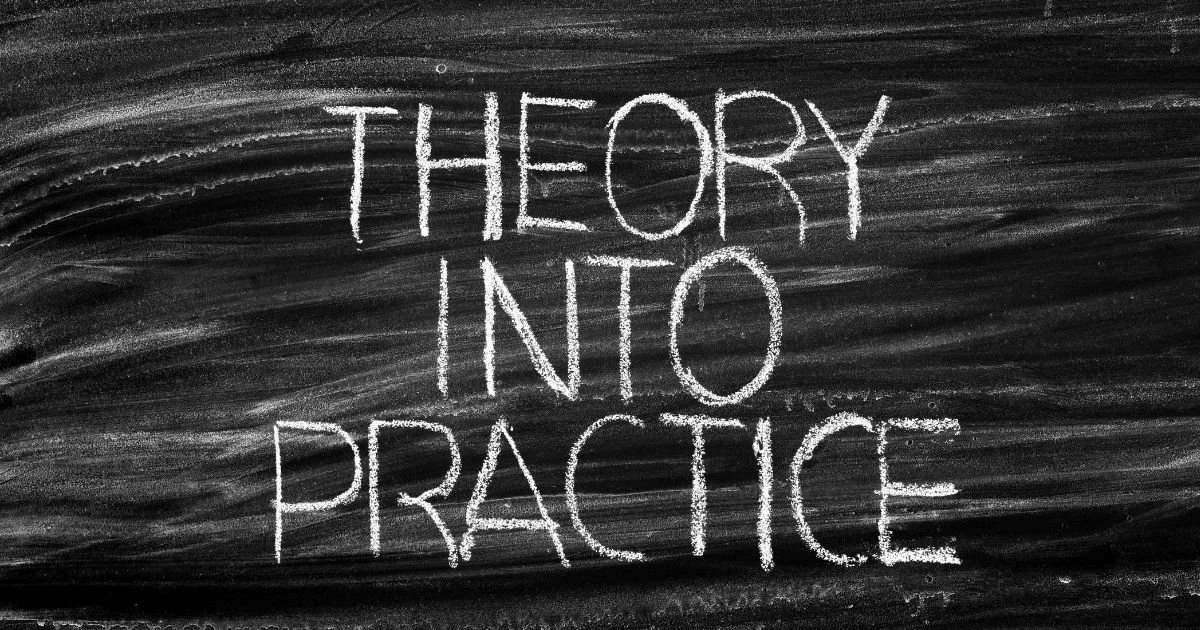
The Polyvagal Theory:
The Polyvagal Theory:
How the Nervous System Affects Trauma
How the Nervous System Affects Trauma
Introduction to Polyvagal Theory
Polyvagal Theory, developed by Dr. Stephen Porges, offers a revolutionary perspective on how the autonomic nervous system regulates emotional and social behavior. This theory underscores the importance of the vagus nerve, a crucial component of the parasympathetic nervous system, in influencing our physiological state and responses to stress. Polyvagal Theory posits that the autonomic nervous system is not merely a binary switch between ‘fight or flight’ and ‘rest and digest’ states, but a complex system involving three distinct pathways that shape our responses to environmental challenges (Porges, 2011).
Central to this theory is the concept of ‘neuroception,’ a term coined by Porges to describe the subconscious process by which our nervous system evaluates risk in the environment. Unlike conscious perception, neuroception operates without our awareness, determining whether we feel safe, threatened, or in life-threatening danger. This process then influences which pathway of the autonomic nervous system is activated, thus impacting our behavior and physiological state (Porges, 2001).
Polyvagal Theory has far-reaching implications for understanding human behavior, mental health, and social engagement. It provides a framework for explaining why certain individuals may react differently to similar stressors and offers insights into the physiological underpinnings of various psychological disorders. By emphasizing the role of the vagus nerve in social behavior, the theory also highlights the connection between physical health and emotional well-being (Porges, 2003).
Historical Background and Development
The development of Polyvagal Theory is deeply rooted in Dr. Stephen Porges’ extensive research into the autonomic nervous system and his interest in the evolutionary aspects of human behavior. Dr. Porges, a distinguished neuroscientist and psychophysiologist, began his academic career with a focus on heart rate variability and its relationship to psychological states. His early work laid the groundwork for understanding the complexities of the autonomic nervous system beyond the traditional fight-or-flight paradigm (Porges, 1995).
Polyvagal Theory was first introduced by Dr. Porges in the early 1990s, marking a significant departure from existing models of autonomic regulation. His groundbreaking research highlighted the importance of the vagus nerve in modulating social behavior and emotional regulation. Porges’ work integrated findings from evolutionary biology, neuroanatomy, and behavioral science to propose a hierarchical model of autonomic regulation (Porges, 1992).
The publication of “The Polyvagal Theory: Neurophysiological Foundations of Emotions, Attachment, Communication, and Self-Regulation” in 2011 provided a comprehensive overview of Porges’ theoretical framework. This seminal work synthesized decades of research and established Polyvagal Theory as a cornerstone in the field of psychophysiology. Dr. Porges’ contributions have since been widely recognized, influencing a broad range of disciplines including psychology, psychiatry, and trauma therapy (Porges, 2011).
Core Concepts of Polyvagal Theory
At the heart of Polyvagal Theory is the understanding that the autonomic nervous system comprises three distinct pathways: the ventral vagal complex, the sympathetic nervous system, and the dorsal vagal complex. Each pathway is associated with different behavioral and physiological responses, forming a hierarchical system that reflects evolutionary adaptations (Porges, 2007).
The ventral vagal complex is the most recently evolved pathway and is associated with social engagement and connection. When this pathway is activated, individuals experience a sense of safety and can engage in social interactions. This state is characterized by a calm heart rate, relaxed muscles, and a general feeling of well-being. The activation of the ventral vagal complex is crucial for forming healthy relationships and maintaining emotional stability (Porges, 2007).
In contrast, the sympathetic nervous system is responsible for the ‘fight or flight’ response, which prepares the body to respond to perceived threats. Activation of this system results in increased heart rate, heightened alertness, and a surge of adrenaline. This response is essential for survival in dangerous situations but can be maladaptive when triggered by non-life-threatening stressors (Porges, 2011).
The dorsal vagal complex is the oldest pathway in evolutionary terms and is associated with immobilization behaviors, such as freezing or feigning death. This response is activated in situations perceived as life-threatening when neither fight nor flight is possible. While this pathway can be protective in extreme danger, its chronic activation is linked to conditions such as depression and dissociation (Porges, 2007).
Influences and Applications
Current Research and Future Directions
Recent studies continue to explore the implications of Polyvagal Theory in various domains, including social behavior, mental health, and physical health. Researchers are investigating how vagal tone, a measure of the activity of the ventral vagal complex, relates to psychological well-being and resilience. Higher vagal tone is associated with better emotional regulation, greater social connectedness, and improved physical health (Kok & Fredrickson, 2010).
The application of Polyvagal Theory in clinical settings is also an area of active research. Clinicians are developing and testing interventions that enhance vagal tone and promote autonomic regulation. These interventions include biofeedback, yoga, and other mind-body practices that target the vagus nerve. Preliminary findings suggest that these approaches can be effective in reducing symptoms of anxiety, depression, and PTSD (Sullivan et al., 2018).
Moreover, Polyvagal Theory is informing new approaches to education and child development. Educators and child development specialists are applying principles of the theory to create environments that support the autonomic regulation and emotional well-being of children. Strategies that promote a sense of safety and connection in the classroom are being explored to enhance learning and social development (Porges & Dana, 2018).
Conclusion
Polyvagal Theory provides a comprehensive framework for understanding the complex interactions between the autonomic nervous system, behavior, and emotional regulation. Developed by Dr. Stephen Porges, this theory has transformed our understanding of how the body responds to stress and has significant implications for mental health and therapeutic practices. By highlighting the role of the vagus nerve and the importance of neuroception, Polyvagal Theory offers valuable insights into the physiological foundations of social behavior and emotional well-being.
As research continues to explore and expand upon Polyvagal Theory, its applications are likely to grow, influencing diverse fields such as psychology, psychiatry, trauma therapy, and education. The theory’s emphasis on the importance of safety and connection underscores the need for environments and interventions that support healthy autonomic regulation. By fostering a deeper understanding of the autonomic nervous system, Polyvagal Theory holds the potential to enhance our ability to promote mental health and well-being across the lifespan.
Resources
Dana, D. (2018). The Polyvagal Theory in Therapy: Engaging the Rhythm of Regulation. W. W. Norton & Company.
Kok, B. E., & Fredrickson, B. L. (2010). Upward spirals of the heart: Autonomic flexibility, as indexed by vagal tone, reciprocally and prospectively predicts positive emotions and social connectedness. Biological Psychology, 85(3), 432-436.
Levine, P. A. (2010). In an Unspoken Voice: How the Body Releases Trauma and Restores Goodness. North Atlantic Books.
Porges, S. W. (1992). Vagal tone: A physiologic marker of stress vulnerability. Pediatrics, 90(3), 498-504.
Porges, S. W. (1995). Orienting in a defensive world: Mammalian modifications of our evolutionary heritage. A Polyvagal Theory. Psychophysiology, 32(4), 301-318.
Porges, S. W. (2001). The Polyvagal Theory: Phylogenetic substrates of a social nervous system. International Journal of Psychophysiology, 42(2), 123-146.
Porges, S. W. (2003). The Polyvagal Theory: New insights into adaptive reactions of the autonomic nervous system. Cleveland Clinic Journal of Medicine, 68(2), 10-17.
Porges, S. W. (2007). The Polyvagal Perspective. Biological Psychology, 74(2), 116-143.
Porges, S. W. (2011). The Polyvagal Theory: Neurophysiological Foundations of Emotions, Attachment, Communication, and Self-Regulation. W. W. Norton & Company.
Porges, S. W., & Dana, D. (2018). Clinical Applications of the Polyvagal Theory: The Emergence of Polyvagal-Informed Therapies. W. W. Norton & Company.
Schore, A. N. (2012). The Science of the Art of Psychotherapy. W. W. Norton & Company.
Sullivan, M. B., Erb, M., Schmalzl, L., Moonaz, S., Noggle Taylor, J., & Porges, S. W. (2018). Yoga therapy and Polyvagal Theory: The convergence of traditional wisdom and contemporary neuroscience for self-regulation and resilience. Frontiers in Human Neuroscience, 12, 67.

